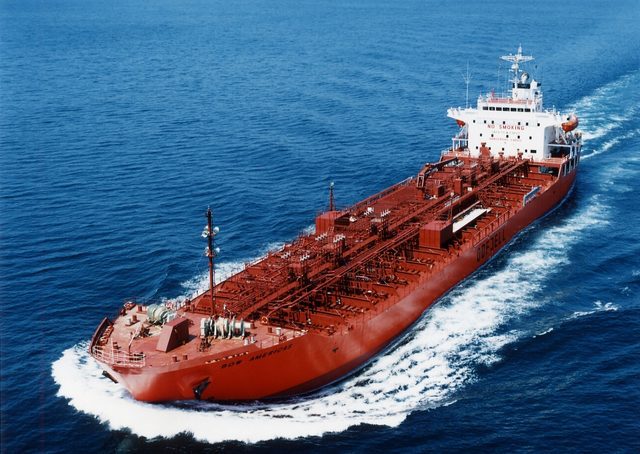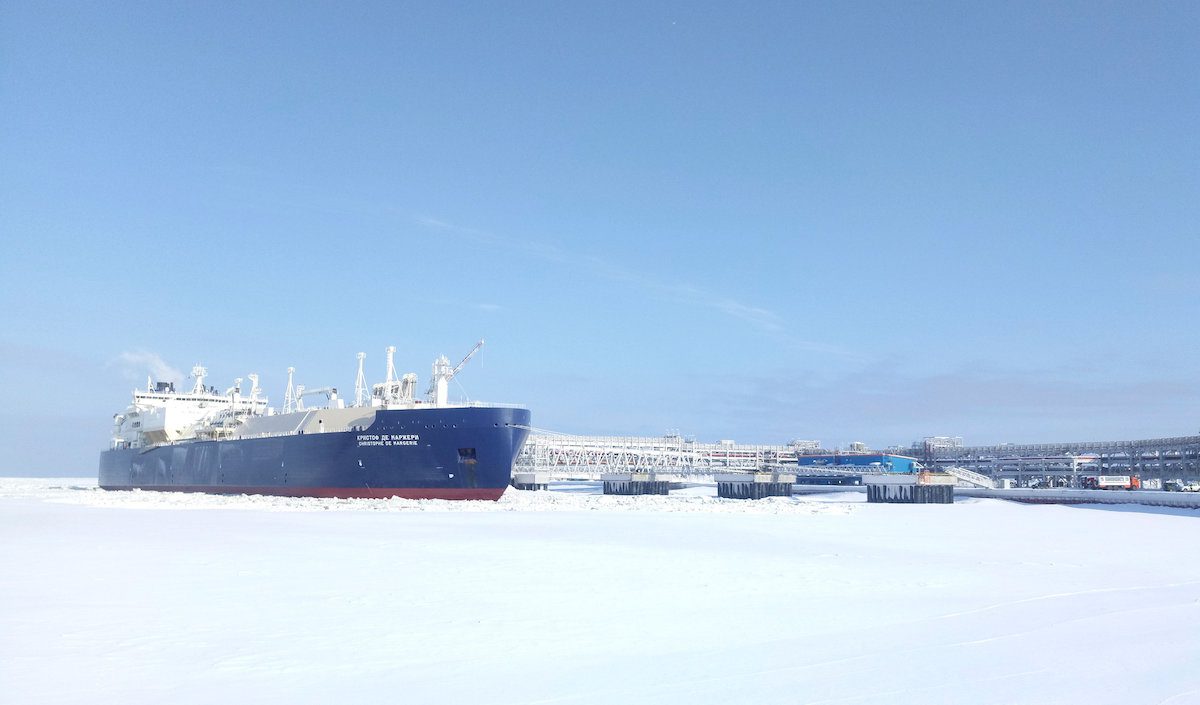Bow Americas, a Odfjell-owned chemical tanker, image: Odfjell
 By Swetha Gopinath and Garima Goel
By Swetha Gopinath and Garima Goel
Nov 1 (Reuters) – After four years in the doldrums, the specialized chemical tankers that ply the seas between the United States and Asia are set to generate bumper profits for the handful of companies that own and operate them.
A surge in U.S. chemical production, fueled by cheap natural gas, is beginning to outpace capacity aboard a limited global fleet – a shortage that analysts expect to peak in 2015.
With chemical tankers in scarce supply, companies such as Ardmore Shipping Corp and Norwegian peers Stolt-Nielsen Ltd and Odfjell SE will be able to command higher rates.
“I don’t think I have ever seen a more compelling set-up for a recovery than we have in the chemical sector today,” said Anthony Gurnee, Ardmore’s chief executive and a 30-year veteran of the shipping business.
An abundance of cheap natural gas from American shale deposits has spurred companies such as Exxon Mobil Corp and Dow Chemical Co to spend big on the construction or expansion of chemical plants.
Read: Fracking Boom Sends Chemical Tankers to Five-Year High
The American Chemistry Council, a trade association, says about $85 billion of chemical industry investments in the United States have been announced in the last few years.
Several analysts said rising U.S. exports of chemicals such as ethylene, a basic building block in plastics and textiles, would drive a 5 percent to 6 percent annual rise in global demand for chemical tankers over the next three years.
But world chemical-tanker tonnage is expected to grow by less than half a percent in 2015, they said.
With an existing fleet of more than 150 ships and barges that can carry chemicals and other bulk liquids, Stolt-Nielsen will be one of the main beneficiaries, said Eirik Haavaldsen, an analyst at Oslo investment bank Pareto Securities AS.
The company’s stock, which has risen 66 percent this year to close at 168.50 Norwegian krone on Thursday, should be worth 292 krone, according to Thomson Reuters StarMine’s intrinsic value model.
The model is a measure of a stock’s current value when considering analysts’ growth estimates for five years, and then modeling the growth trajectory over a longer period of time.
“The order book for new buildings is moderate relative to the existing fleet and we therefore forecast better utilization for chemical tankers,” said Jarle Sjo, chief investment officer at Oslo fund management firm ODIN Forvaltning AS.
With a stake of nearly 3 percent, ODIN Forvaltning is the fourth-largest shareholder in Stolt-Nielsen, whose chemical tanker business turned profitable in August for the first time since 2009.
SPECIALIZED VESSELS
More complex in its construction than an oil tanker or dry bulk carrier, a sophisticated chemical carrier can have up to 50 tanks, often encased in stainless steel, to segregate low volumes of potentially hazardous materials.
Few shipyards have the expertise to build these specialized vessels, and those that do have little incentive as long as demand remains strong for more cost-effective oil tankers.
“There are not a lot of operators with the ability to place orders for sophisticated tonnage or yards that can build them at competitive prices,” said Julian Villar, a spokesman for Stolt-Nielsen.
A chemical tanker ordered today, say analysts, would be unlikely to be delivered before 2015.
Read: D’Amico to Build Four Chemical Tankers
This will work to the advantage of tanker operators with ships already on the water.
Some of these are privately owned, such as Fairfield Chemical Carriers Inc, Navig8 Chemicals, Nordic Tankers and Tokio Marine Asia Pte Ltd, an affiliate of insurer Tokio Marine Holdings Inc.
Of the publicly traded operators, Odfjell has a fleet of 96 chemical tankers. By 2015, Ardmore plans to have a 20-tanker fleet that will include 18 ships capable of carrying chemicals.
Chemical shipments are already rising. U.S. chemical exports in August were worth $16.8 billion, 5 percent more than in January, according to Department of Commerce data.
As exports rise, the rates charged for the use of large chemical tankers are likely to increase to more than $17,000 per day in 2015 from $14,000 this year, several analysts said.
“Every $1,000-a-day increase in product rates across our fleet results in a 40-cent increase in cashflow per share,” said Gurnee, a former U.S. Navy officer now living in Ireland, where Ardmore has its headquarters in the city of Cork.
Ardmore’s stock, which debuted on the New York Stock Exchange in July, closed on Thursday at $13.08 – nearly $1.00 below the initial public offering price of $14.00.
But the company is trading at an enterprise value to EBITDA multiple of 13.7 times, Evercore Partners analysts said. This represents a 28 percent discount to its peer group average.
Ardmore’s biggest shareholder, with a 44 percent stake, is Greenbriar Equity Group LLC, a New York-based private equity firm that focuses on transportation.
Reginald Jones, Greenbriar’s co-founder, told Reuters the company had no interest in selling its shares. “We think they are tremendously undervalued,” he said.
(c) 2013 Thomson Reuters, All Rights Reserved

 Join The Club
Join The Club











